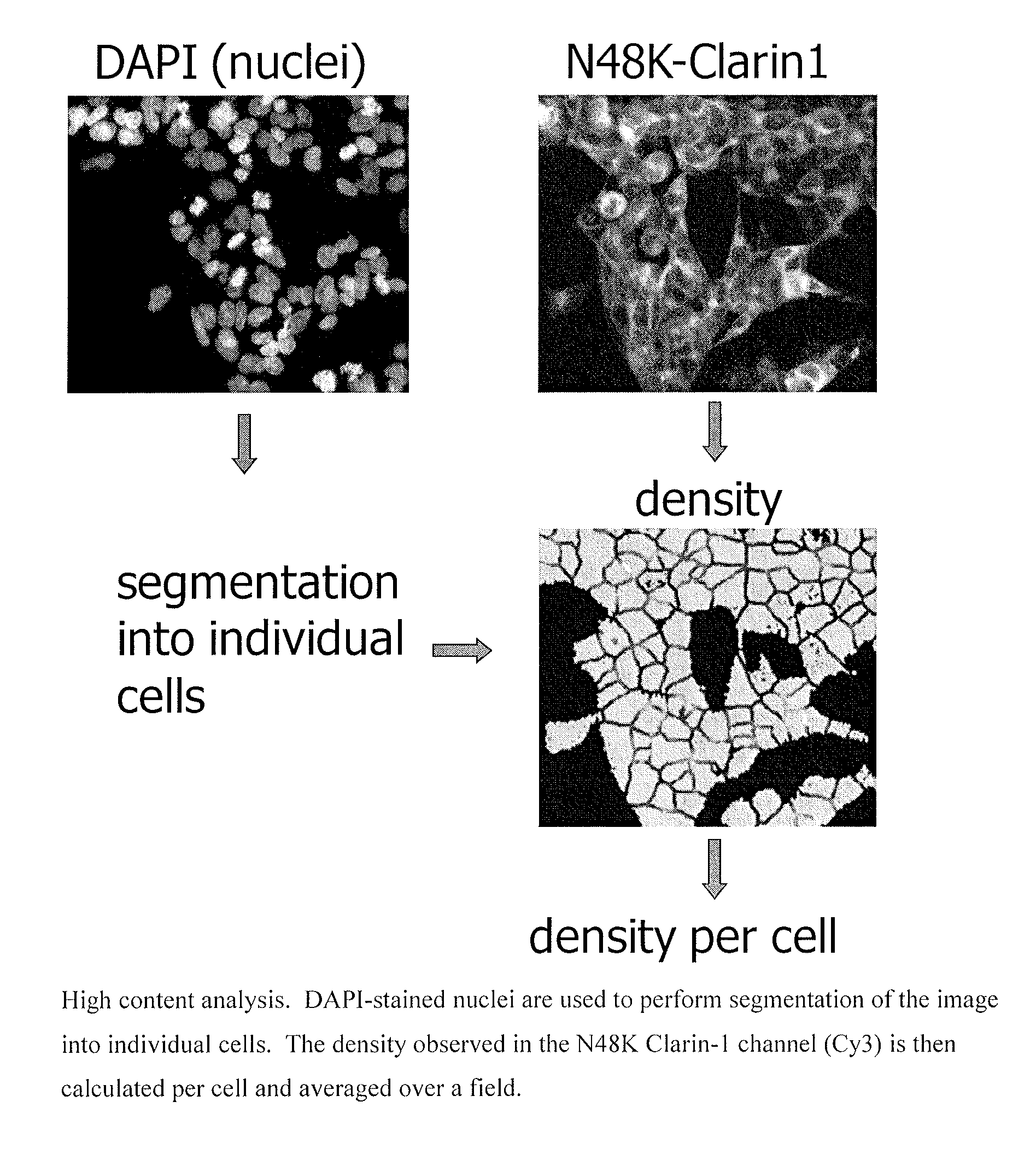Pyrazolopyridazines and methods for treating retinal-degerative diseases and hearing loss associated with usher syndrome
a technology of retinal degeration and pyrazolopyridazines, which is applied in the direction of organic active ingredients, organic chemistry, organic active ingredients, etc., can solve the problems of early night blindness and the gradual loss of peripheral vision, profound deafness, and loss of central acuity
- Summary
- Abstract
- Description
- Claims
- Application Information
AI Technical Summary
Benefits of technology
Problems solved by technology
Method used
Image
Examples
example 1
2-[4-chloro-3-(4-fluorophenyl)-5-phenyl-pyrazolo[3,4-c]pyridazin-1-yl]-1-[(3R)-3-fluoropyrrolidin-1-yl]ethanone (Compound 1)
Step 1: N-(1H-pyrazol-5-yl)acetamide
[0083]
[0084]To a solution of 1H-pyrazol-5-amine (50 g, 0.602 mol) and N-methylmorpholine (160 mL, 1.44 mol) in CH2Cl2 (2 L) was added acetyl chloride (99 mL, 1.38 mol) dropwise at 0° C. under an atmosphere of nitrogen. The reaction mixture was stirred at room temperature for 1 d. Some di-acylated product was observed in an LCMS. The reaction mixture was concentrated in vacuo and the resulting solid was suspended in MeOH (2 L) and cooled to 0° C. 4 M NaOH solution (aq., 440 mL, 1.75 mol) was added slowly and the mixture allowed to warm to room temperature over 1.5 h. The MeOH was removed in vacuo and the solid was collected by filtration, washed with minimal cold water and dried in vacuo to provide the title compound as a solid (60 g).
Step 2: N-(4-iodo-1H-pyrazol-5-yl)acetamide
[0085]
[0086]A suspension of N-(1H-pyrazol-5-yl)ace...
example 2
2-[4-chloro-3-(3,4-difluorophenyl)-5-phenyl-pyrazolo[3,4-c]pyridazin-1-yl]-1-[(3R)-3-fluoropyrrolidin-1-yl]ethanone (Compound 2)
[0102]
[0103]Compound 2 was synthesised according to Example 1, but using 3,4-difluorophenylboronic acid instead of 4-fluorophenylboronic acid in Step 8.
[0104]1H NMR δ (ppm)(CHCl3-d): 7.75-7.72 (2H, m), 7.68-7.62 (1H, m), 7.57-7.48 (4H, m), 7.34-7.30 (1H, m), 5.70-5.53 (2H, m), 5.46-5.19 (1H, m), 3.98-3.81 (3H, m), 3.65-3.58 (1H, m), 2.50-2.00 (2H, m).
[0105]LCMS (15 cm_Formic_ASCENTIS_HPLC_CH3CN) Rt 10.32 min; m / z 472 [M+H] 99.6% purity.
example 3
2-[4-chloro-3-(2,5-difluorophenyl)-5-phenyl-pyrazolo[3,4-c]pyridazin-1-yl]-1-[(3R)-3-fluoropyrrolidin-1-yl]ethanone (Compound 3)
[0106]
[0107]Compound 3 was synthesised according to Example 1, but using 2,5-difluorophenylboronic acid instead of 4-fluorophenylboronic acid in Step 8.
[0108]1H NMR δ (ppm)(CHCl3-d): 7.78-7.74 (2H, m), 7.55-7.47 (3H, m), 7.38-7.33 (1H, m), 7.19-7.14 (2H, m), 5.68-5.53 (2H, m), 5.39-5.33 (1H, m), 4.00-3.81 (3H, m), 3.65-3.55 (1H, m), 2.50-2.00 (2H, m).
[0109]LCMS (15 cm_Bicarb_GeminiNX_HPLC_CH3CN) Rt 10.51 min; m / z 472 [M+H] 93.72% purity.
PUM
| Property | Measurement | Unit |
|---|---|---|
| flow rate | aaaaa | aaaaa |
| time | aaaaa | aaaaa |
| time | aaaaa | aaaaa |
Abstract
Description
Claims
Application Information
 Login to View More
Login to View More - R&D
- Intellectual Property
- Life Sciences
- Materials
- Tech Scout
- Unparalleled Data Quality
- Higher Quality Content
- 60% Fewer Hallucinations
Browse by: Latest US Patents, China's latest patents, Technical Efficacy Thesaurus, Application Domain, Technology Topic, Popular Technical Reports.
© 2025 PatSnap. All rights reserved.Legal|Privacy policy|Modern Slavery Act Transparency Statement|Sitemap|About US| Contact US: help@patsnap.com



